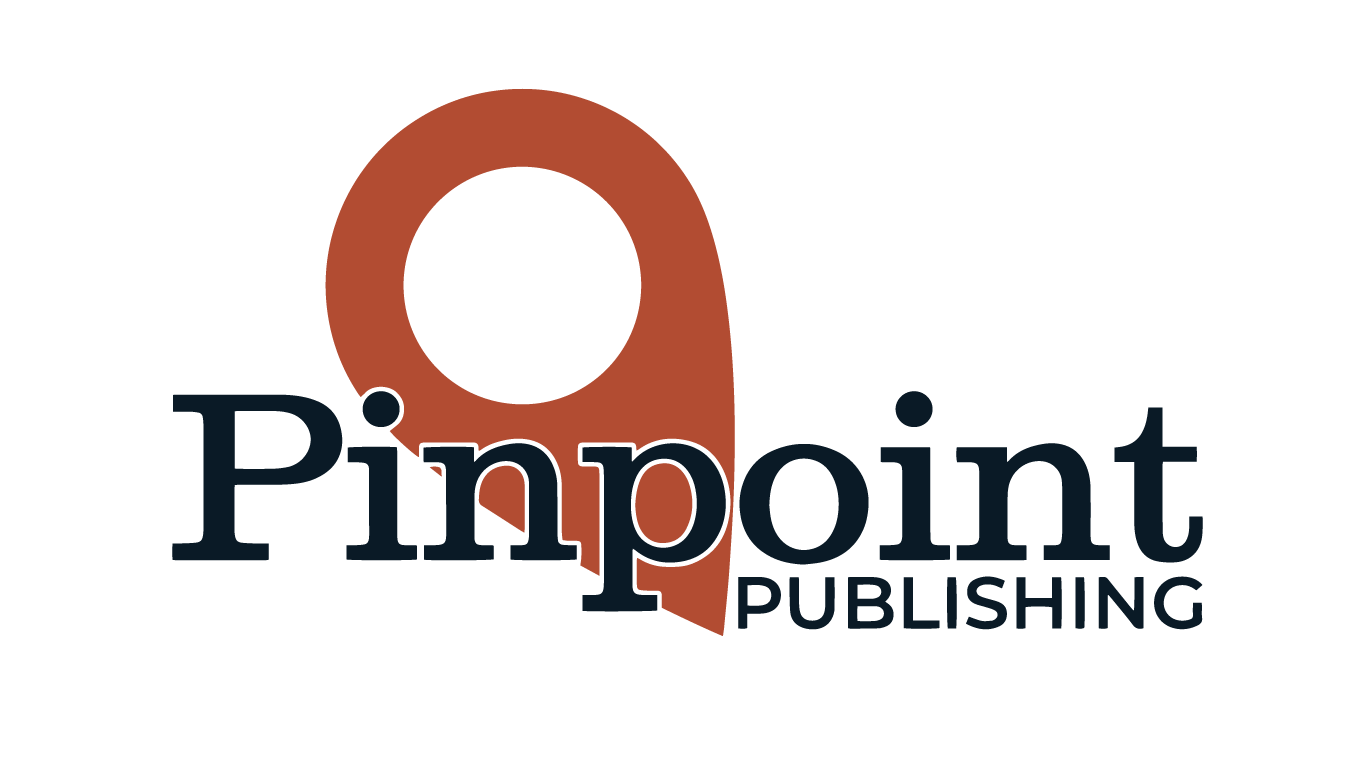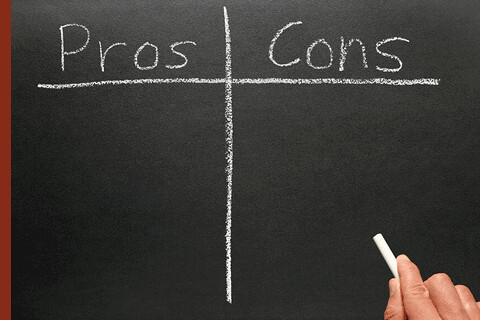If you’re an aspiring author, one of the biggest decisions you’ll make is how to publish your book. Should you self-publish and take full control, or should you pursue a traditional publishing deal with a well-known publishing house?
At Pinpoint Publishing, we believe in empowering authors to make the right decision for their books. Both options come with pros and cons, and the best choice depends on your goals, timeline, and level of creative control.
In this post, we’ll break down the key differences so you can decide which path is right for you.
- What is Traditional Publishing?
Traditional publishing is the old-school route of getting a book published through a major publishing house (e.g., Penguin Random House, HarperCollins) or a small press. Listen, we’re not here to knock the old-school! There’s pros and cons to everything.
How it works:
- You submit a manuscript (often through a literary agent).
- If accepted, the publisher buys the rights to your book.
- They handle editing, cover design, printing, and distribution.
- Your book is marketed and sold in bookstores and online retailers.
Pros of Traditional Publishing:
- Industry credibility and prestige.
- No upfront costs (publisher covers editing, printing, and marketing)
- Wider bookstore distribution (Barnes & Noble, independent stores, libraries)
- Professional editing, cover design, and marketing is done by the publishing house.
Cons of Traditional Publishing:
- Difficult to get accepted. The truth is that, on average, publishers reject over 95% of submissions. So, while it technically is an option. The path can be difficult.
- Long process. After you finish writing, it could take another 1 – 2 years before your book is published.
- Lower royalties. Authors only earn 10-15% per book sale. So if you sell your book for 10 dollars, you will be making between $1.00 and $1.50 per book.
- Loss of creative control. While it’s your writing, once you sell the rights, the publisher gets full creative control. What that means is they get the final say on your cover, the internal design of the book, and even the pricing.
- What is Self-Publishing?
Self-publishing allows you, the author, to take full control of your book’s publishing process. Instead of submitting to a publisher, you handle everything. Either on your own or by hiring professionals (like Pinpoint Publishing) to help.
How it works:
- You write and edit the book (or hire an editor).
- You format and design the cover.
- You publish it on platforms like Amazon KDP, IngramSpark, or Draft2Digital.
- You market and sell it directly to readers.
Pros of Self-Publishing:
- Full creative control. You decide everything! Cover, title, content. You have the final say.
- Higher royalties. Authors keep 35-70% of sales
- Faster publishing. Once you’re done writing, you can publish in weeks, not years.
- Global reach. With modern advancements in printing and through platforms like Amazon, Apple Books, and Barnes & Noble Press, you’re not limited to a local market. You can reach the world.
- No gatekeepers. You don’t have a corporation telling what you can or can not do. You make the decisions.
Cons of Self-Publishing:
- Upfront costs. Because no one is buying the rights of your book, the cost of editing, cover design, formatting, and marketing falls on you. However, At Pinpoint Publishing, we call it an investment, not a cost.
- Marketing is on you. The only person who is going to market your book is you.
- Physical Bookstore placement is harder. It is harder to get into a physical bookstore. If your dream is to walk into a bookstore and see your book on a shelf, it will take more work, but it is not impossible. It’s also important to remember that all of these physical bookstores will have your book online, and in their database for ordering.
- Side-by-Side Comparison
| Feature | Self-Publishing | Traditional Publishing |
| Upfront Costs | Yes (editing, typesetting, cover design, marketing) | No (publisher covers it) |
| Royalties | 35-70% per book | 10-15% per book |
| Creative Control | Full control | Publisher has final say |
| Time to Publish | Weeks to months | 1-2 years |
| Bookstore Distribution | Limited | Stronger placement in bookstores |
| Marketing | You handle it | Publisher may help but still expect you to promote it |
| Ownership of Rights | You own all rights | Publisher owns rights and may limit changes |
- Which Option is Right for You?
Choose Traditional Publishing If…
- You want industry prestige and validation.
- You prefer not to handle editing, design, or marketing yourself.
- You’re willing to wait years for your book to be published.
- You don’t mind earning lower royalties for wider distribution.
Choose Self-Publishing If…
- You want full creative control over your book.
- You want to publish faster and start selling sooner.
- You’re willing to invest in editing, design, and marketing.
- You want to keep more of your earnings and build a long-term career.
- How Pinpoint Publishing Can Help
At Pinpoint Publishing, we specialize in helping authors self-publish successfully, without the overwhelming feeling of having to do it all on your own.
We offer:
- Editing & Proofreading: Ensuring your book is polished and professional.
- Typesetting: We make sure the inside of your book is formatted beautifully and is visually pleasing to the reader.
- Cover Design & Formatting: Making your book visually stand out.
- Publishing Consultation: Guiding you through the self-publishing process.
- Marketing Strategy: Helping you promote your book and reach readers.
- Author Websites: We can help you get your website up and running. We can even help you maintain it.
Our goal is to make sure that you know that self-publishing doesn’t mean you have to do everything alone. We’re here to help every step of the way.
Ready to Publish? Let’s Talk!
If you’re ready to take the next step toward publishing your book, we’d love to help!
Let’s turn your dream of becoming a published author into reality!






0 Comments